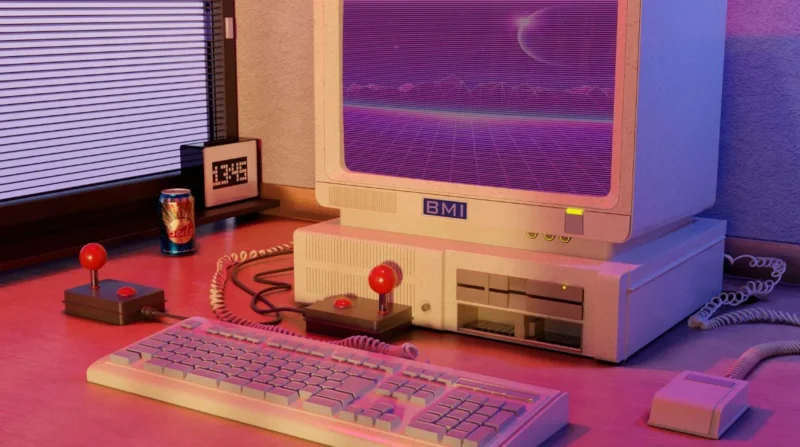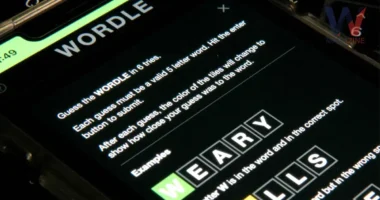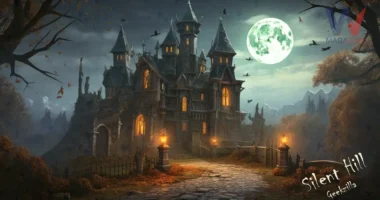Table of Contents
- The Power of Nostalgia and Brain Chemistry
- Simplicity Leads to Fast Fun and Flow
- Tightly Designed Gameplay & Compulsion Loops
- Creative Constraints Fuel Innovation
- Emotional Storytelling & Strong Characters
- Community and Multiplayer Beginnings
- Compared to Pre-90s Titles
- Lasting Impact and Revivals
- Why These Games Still Hook Us?
- Recommended 90s Games That Still Satisfy
- Final Thoughts
When people talk about 90s computer games, they often use words like “addictive” or “can’t put it down.” Many of these titles began what we now take for granted: immersive stories, tight gameplay, simple design, and a strong pull on our emotions. In this article, we explore why they remain compelling and how they compare to earlier games.
The Power of Nostalgia and Brain Chemistry
Nostalgia is a major factor in why 90s games still feel addictive. Scientists explain that revisiting games from childhood triggers dopamine, the feel-good brain chemical. This “pleasure loop” of returning to a familiar experience rewards us both emotionally and neurologically.
Psychologists note that these warm feelings strengthen emotional resilience, offering comfort during tough times. Modern games borrow this by copying pixel art or old-school mechanics, calling them “neo retro”.
Simplicity Leads to Fast Fun and Flow
Most 90s computer games were easy to pick up but hard to master. You didn’t need a 20-minute tutorial; just jump in and play. Classic titles like Tetris, Pac-Man, or Lemmings are straightforward yet deeply engaging puzzles that keep your brain active.
Psychologists refer to this state as flow, where your mind becomes fully immersed and time seems to fly. This is part of their evergreen appeal.
Tightly Designed Gameplay & Compulsion Loops
Some refer to addictive gameplay mechanics as “compulsion loops,” a small reward that keeps players returning again and again. For example, each completed level in Doom, Half-Life, or Warcraft gives a clear, constant sense of progress that encourages you to continue. Even puzzles like Tetris create a mental itch your brain wants to “finish the line,” even when you’ve stopped playing.
Creative Constraints Fuel Innovation
Unlike modern open-world epics, 90s PC games faced strict limits: memory caps, low-resolution graphics, and minimal sound capacity. Developers learned to focus on tight level design, memorable moments, and clever storytelling.
This focus led to the development of genres that define gaming today: FPS (Doom), RTS (Command & Conquer), immersive puzzle-adventures (Myst), and early RPGs (Final Fantasy VII).
Emotional Storytelling & Strong Characters
Earlier games (before the 90s) were simple pac Pac-Man eats dots, and Pong bounces a ball. But 90s titles began weaving rich narratives into the gameplay. Games like Half Life (1998) made the story part of the action, building emotional attachment. Grim Fandango (1998) combined mystery, art, music, and character into an award-winning adventure. These deeper stories helped gamers feel connected emotionally, not just mechanically.
Community and Multiplayer Beginnings
Social play hadn’t taken hold before the 90s. LAN parties and early online games (like Quake II, Unreal Tournament, and EverQuest) turned gaming into a shared experience.
Modding communities bloomed, people built new levels, characters, and game modes, adding longevity and community energy. That social bond kept people coming back long after release.
Compared to Pre-90s Titles
| Feature | Pre 90s Games | 90s Computer Games |
| Controls | Basic, single-button | Keyboard/mouse, precise and intuitive |
| Gameplay Depth | Limited; arcade-style | Multi-layered mechanics and objectives |
| Storytelling | None or minimal | Cinematic, emotional, embedded in gameplay |
| Community | Solitary or local only | LAN, early internet, mod tools |
| Graphics & Sound | Simple beeps and pixels | Evolving pixel art, CDs, MIDI & voice |
This shift transformed games from small amusements to deep experiences that mattered.
Lasting Impact and Revivals
The love for 90s games shows in the countless remakes (Resident Evil 2), remasters (Grim Fandango Remastered), and indie games inspired by old-school designs (Shovel Knight, Stardew Valley). Platforms like Steam now have hundreds of “retro” tagged titles, keeping the spirit alive.
Why These Games Still Hook Us?
- Confidence boost: Each success in a level or story moment reminds us we can win.
- Comfort factor: They offer quick, low-stress play with nostalgic emotional benefits.
- Rhythm and reward: The loops of challenge and reward are addictive by design.
- Emotional connection: Rich storytelling and characters create lasting memories.
Recommended 90s Games That Still Satisfy
- Tetris is a puzzle of simplicity that bends your mind and triggers the “Tetris effect”.
- Half-Life, storytelling, and action intertwine seamlessly.
- Doom, fast FPS with flexible modding.
- Myst, immersive puzzles with a real mood.
- Lemmings, simple, addictive puzzle solutions.
- Grim Fandango is, artful, narrative-driven adventure.
- Thief: The Dark Project established immersive sim mechanics.
Final Thoughts
In short, 90s computer games remain addictive because they strike the perfect balance of simplicity, emotional resonance, and intelligent challenge, all wrapped in nostalgia and clever design. They represent a golden time in gaming development when limitations led to insightful creativity. These games didn’t need modern bells and whistles to hook us; they just needed heart, ingenuity, and a firm reward loop. No wonder, decades later, they still call us back.









